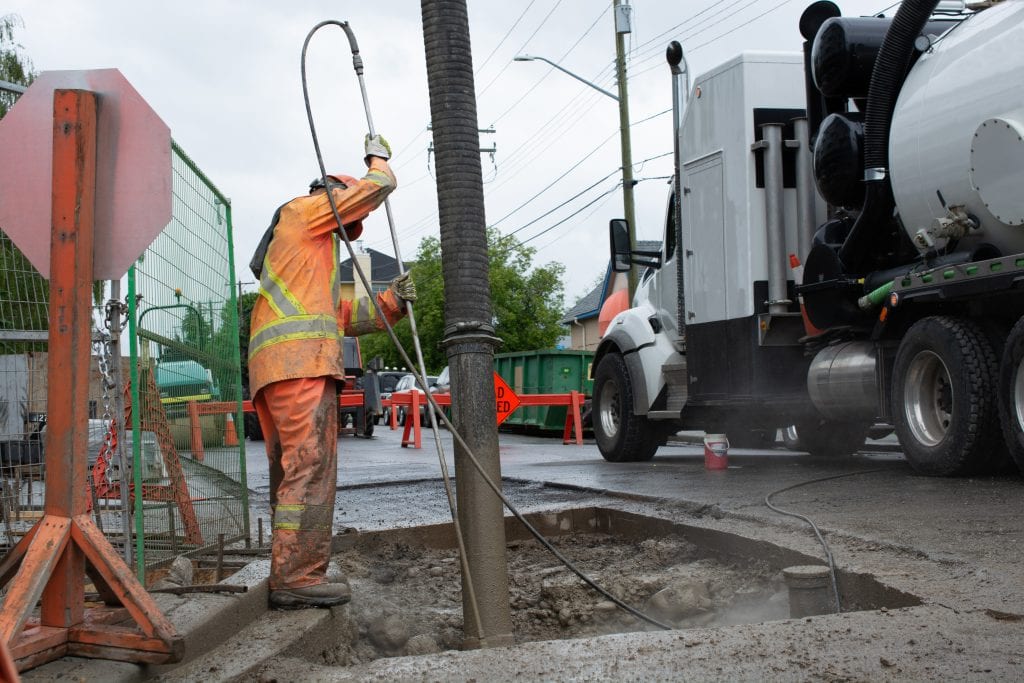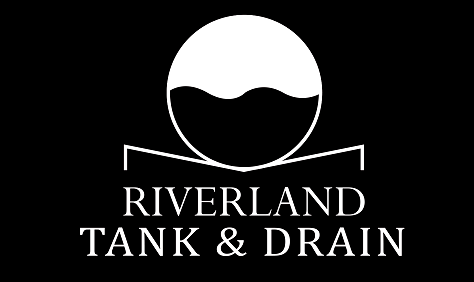

Cleaning tanks, drains and grease traps is an essential part of maintaining the hygiene and safety of any commercial or residential space. Without proper cleaning, the accumulation of debris and waste can lead to clogged pipes, bad smells and even health hazards. In this article, we will discuss the different types of cleaning for tanks, drains and grease traps.
But first, What is Tank Cleaning?
Tank cleaning is a process that involves removing debris, sludge and other unwanted materials from the interior of a tank. This type of cleaning is essential for maintaining the longevity and efficiency of the tank. Tank cleaning is typically performed by a professional cleaning service using specialised equipment and techniques. The frequency of tank cleaning will depend on the size and usage of the tank, as well as the type of material being stored.
Septic Tank Cleaning and Pump-Outs
Septic tank cleaning is a specific type of tank cleaning that is necessary for homes and buildings that use septic systems. A septic system is a wastewater treatment system that uses a septic tank to store and treat wastewater. Over time, solid waste and other materials can accumulate in the septic tank, which can lead to blockages and backups. Septic tank cleaning involves pumping out the contents of the septic tank and properly disposing of the waste.
Septic tank pump-out is another term for septic tank cleaning. This process involves pumping out the contents of the septic tank and transporting the waste to a treatment facility or other appropriate location for disposal. A septic tank pump-out is necessary to prevent backups and damage to the septic system. It is recommended that septic tanks be pumped out every three to five years, depending on usage and other factors.
Other waste water cleaning – Drains, Grease Traps & Water Tanks.
In addition to tank cleaning and septic tank cleaning, there are also specific types of cleaning for drains and grease traps. Drain cleaning is the process of removing debris and buildup from the interior of a drain. This is typically done to prevent clogs and backups in the drain system. Grease trap cleaning is a process that involves removing grease and other waste from the interior of a grease trap. Grease traps are commonly used in restaurants and commercial kitchens to prevent grease and other materials from entering the drain system.
There are several different methods of cleaning for tanks, drains and grease traps. One of the most common methods is hydro jetting, which involves using high-pressure water to blast away debris and buildup from the interior of the tank, drain or grease trap. This method is effective and efficient and it is often preferred over other methods such as using chemicals or manually removing debris.
Another method of cleaning for tanks, drains and grease traps is the use of specialised cleaning solutions. These solutions are designed to break down and dissolve buildup and debris, making it easier to remove. However, it is important to use these solutions with caution, as they can be harmful to the environment and human health if not used properly.
Cleaning tanks, drains and grease traps is an important part of maintaining the hygiene and safety of any commercial or residential space. There are different types of cleaning for tanks, including septic tank cleaning and septic tank pump out, as well as specific types of cleaning for drains and grease traps. It is important to choose the appropriate method of cleaning based on the type of tank or system being cleaned, as well as the specific needs and requirements of the space. With proper cleaning and maintenance, tanks, drains and grease traps can provide many years of reliable service.
For all of your tank cleaning needs in the South Australia and Victoria Riverland area, contact Riverland Tank and Drain.
 Christmas Trading Hours
Christmas Trading Hours 
